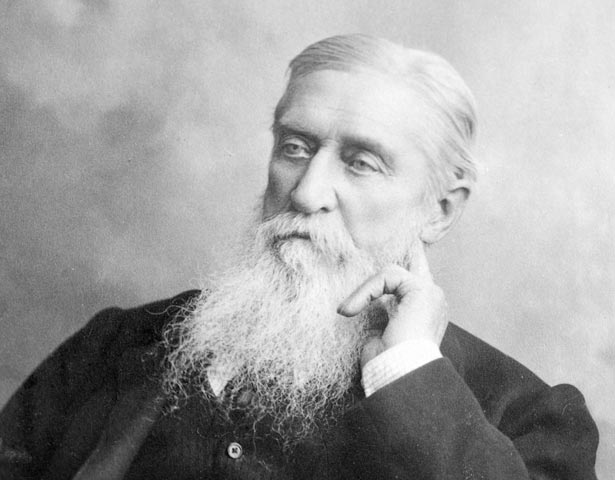
In 1849 and while still in England, James FitzGerald became secretary of the New Zealand Canterbury Association and helped plan a Church of England colony in New Zealand. He arrived in Canterbury in 1850, and soon became a leading settler. He was made Superintendent of the province in 1852, and briefly represented Lyttelton in the House of Representatives.
FitzGerald returned to England in 1857, but was back in New Zealand in 1860, when he re-entered provincial and national politics. In 1862 he made an eloquent plea for equal civil and political rights for Māori. He suggested that Māori chiefs play a full role in running the colony - for example, by holding a third of the seats in Parliament. He later described the land confiscations as "an enormous crime", and felt that the Māori King should be recognised as "superintendent of his own province". Most European settlers did not share his views.
In 1865 FitzGerald served briefly as Native Minister in the Weld government. The announcement of his appointment was met with stony silence by his colleagues, who considered him an avowed "philo-Māori" (Māori-lover). He failed to reduce racial tensions, however, and the Native Lands Act 1865, passed while he was Minister, significantly speeded up Māori land alienation.
FitzGerald admitted that by bringing the Native Lands Act forward, and not including measures that might have softened its impact on Māori, he had 'given up some of the views that he had held'. Some historians have accused him of giving in to pressure from land speculators.
FitzGerald retired from politics in 1867, and lived in Wellington until his death in 1896.
How to cite this page
'James Edward Fitzgerald', URL: https://nzhistory.govt.nz/people/james-e-fitzgerald, (Ministry for Culture and Heritage), updated 8-Nov-2017

Community contributions